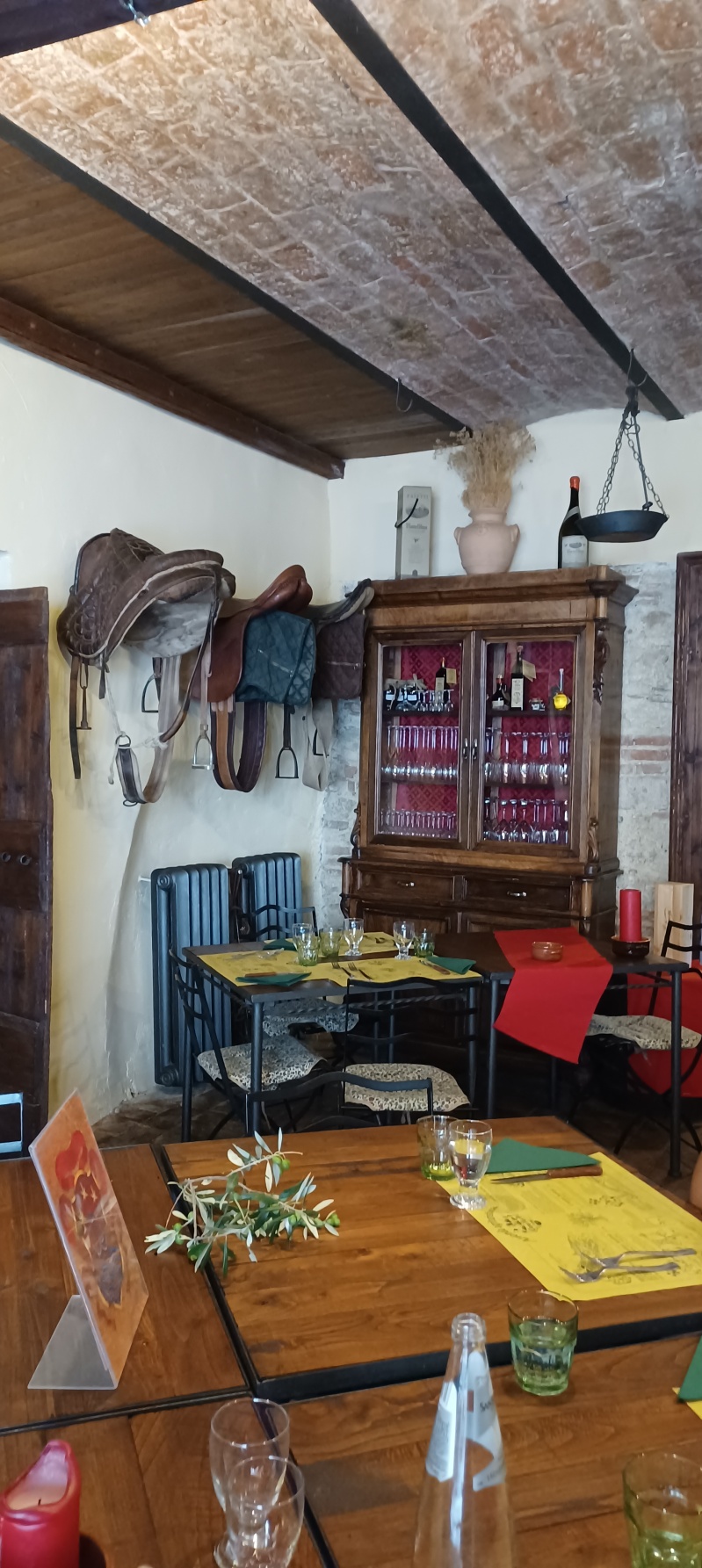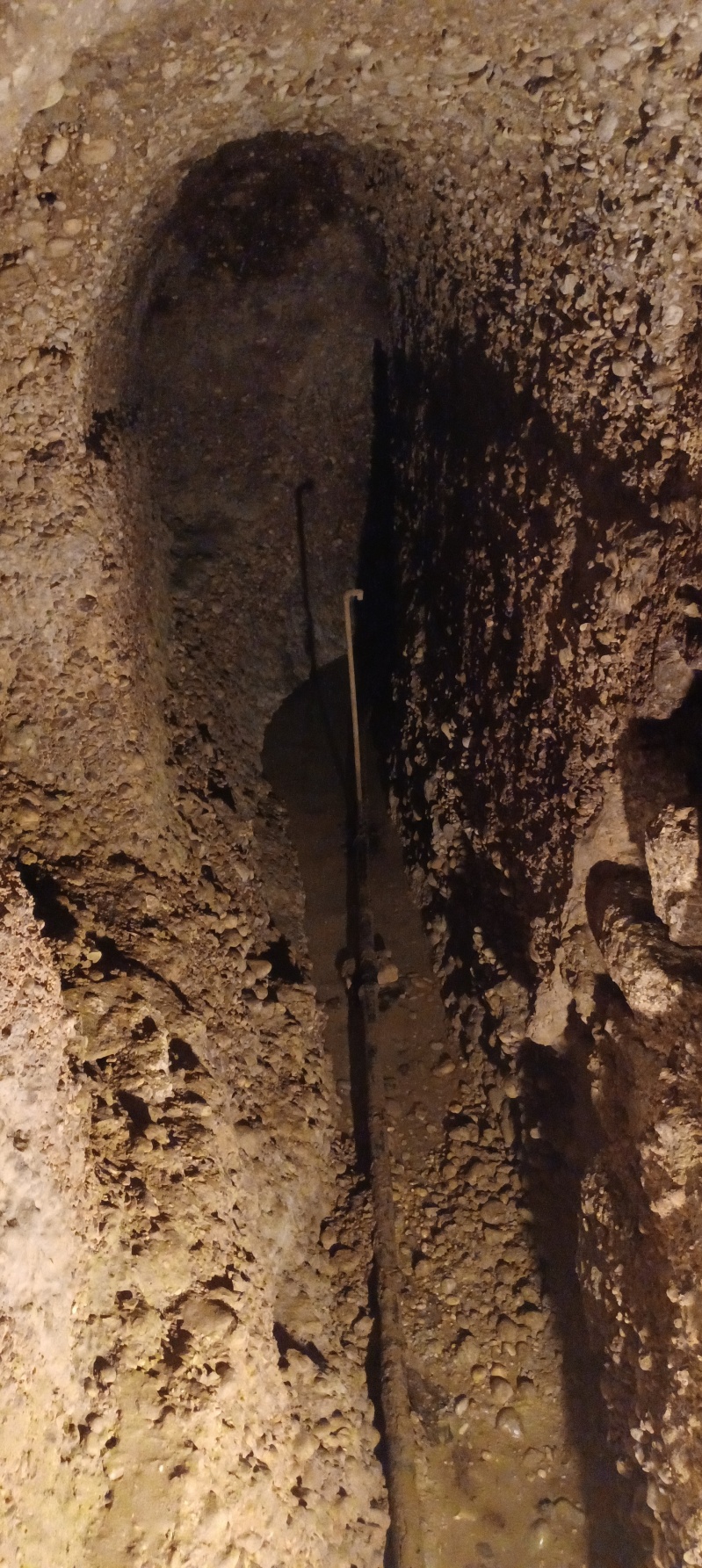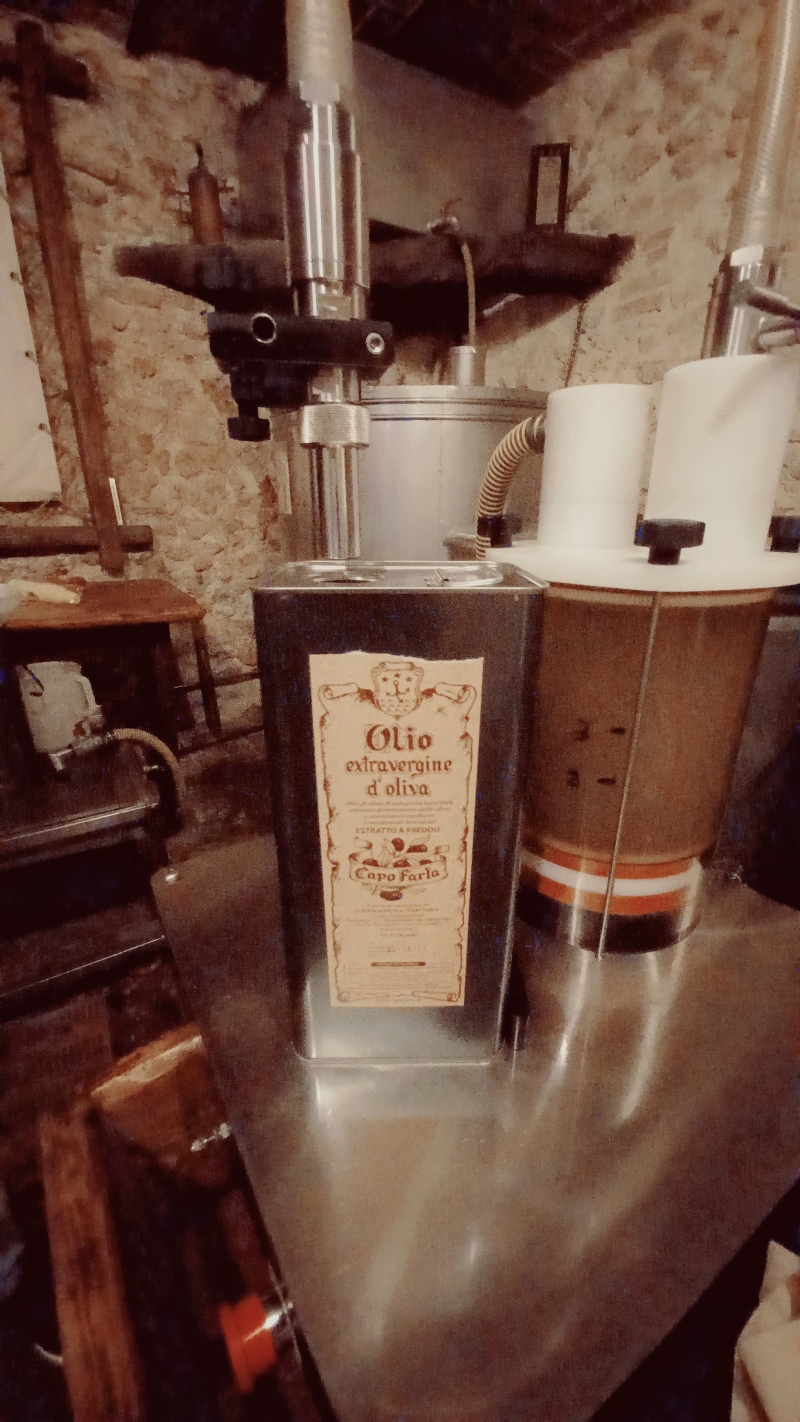Extra Virgin Olive Oil Experience
September 2021
Today we go to Poggio San Lorenzo (Rieti) in the Sabina region near Rome, for a very special experience, the extra virgin olive oil tour. The village, just 540 inhabitants, is the last and highest olive village in the area. It is at 650 m a.s.l. Above this altitude, olive trees cannot be cultivated.
In the Middle Ages, in this area, the Capofarfa oil mill was built on the remains of the walls of Laberia Crispina‘s villa, from the Roman era, and since 1600 the Agamennone family has been cultivating and reproducing the olive tree in compliance with organic farming.
Marco, the owner, welcomes us and we set off to discover the area and the oldest food-condiment used by man: extra virgin olive oil.
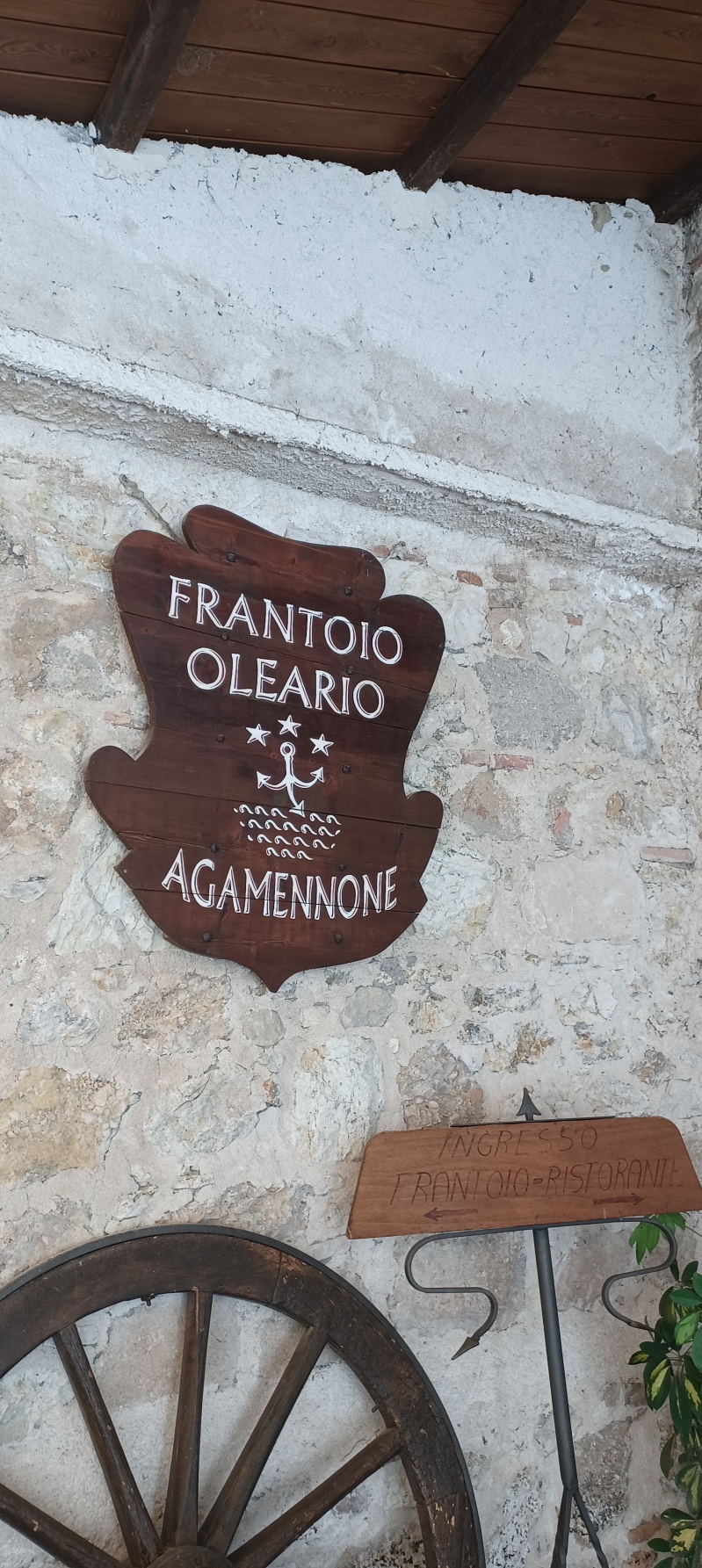
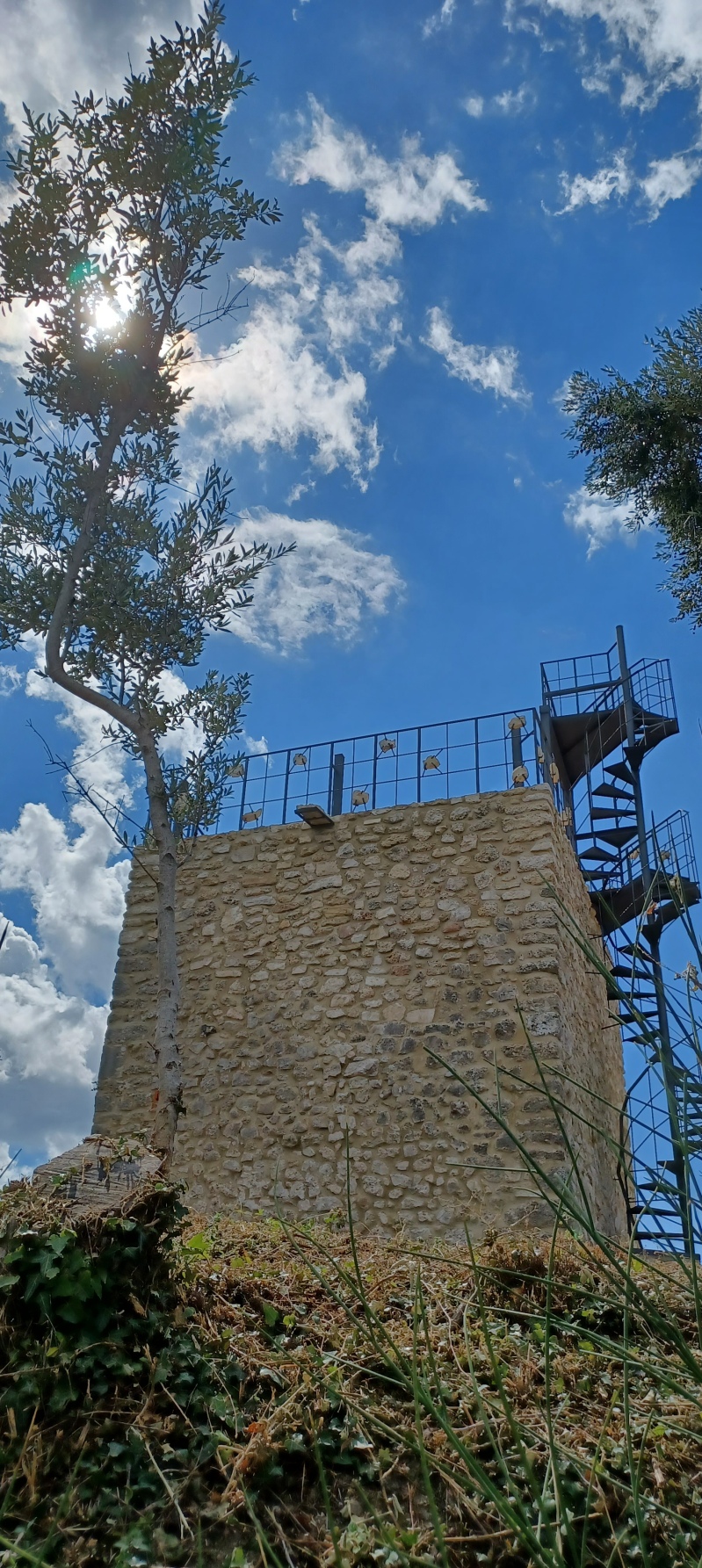
Immersed in ancient olive groves sold in 1600 by Farfa Abbey to the Agamennone family, the castle was located in a strategic position for the defense of the Abbey as it used to control the two pre-Roman roads Salaria and Cecilia.
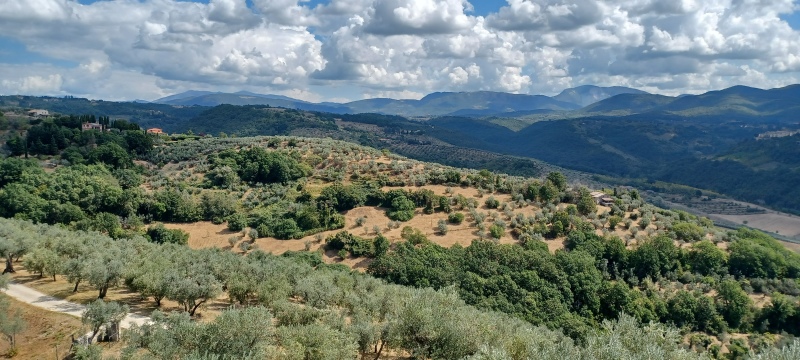
We return to the mill and have lunch at the restaurant set up in the mill’s rooms. Appetizer, homemade fettuccine and grilled meat. At the end, a small glass of gentian liquor made with roots collected by Marco on Monte Terminillo.
After lunch we go to see the ancient millstones and the small museum which displays impressive terracotta jars formerly used for storing oil. The museum structure houses some finds from the Roman era and part of a 2nd century aqueduct. A.D.
Terracotta jars and the Roman aqueductThe Roman tunnel called Vicus Nervae is about 1500 m long and carried water to the village of Poggio San Lorenzo. It is still in operation and has been for the last 2000 years. The irregular route winds its way through the bowels of the town.

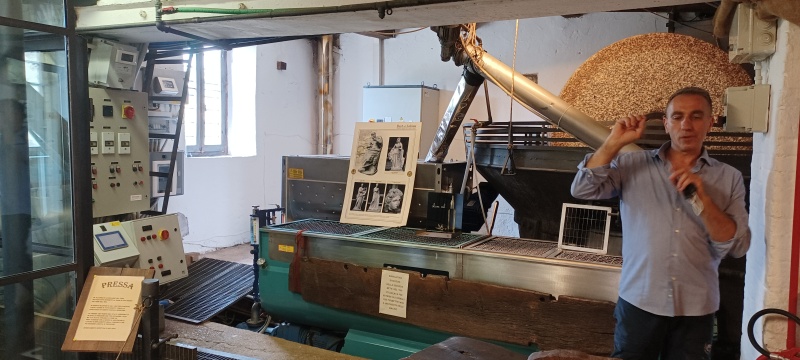
A particular and highly prized variety of oil is also produced here, Mennonia, from a plant that grows exclusively on this farm. It is an oil with a very delicate flavor that enhances fish-based dishes.
A really interesting experience today, spent agriculturing !
Passaparola... condividi questo post!
- Fai clic per condividere su Facebook (Si apre in una nuova finestra)
- Fai clic qui per condividere su LinkedIn (Si apre in una nuova finestra)
- Fai clic per condividere su WhatsApp (Si apre in una nuova finestra)
- Fai clic per condividere su Telegram (Si apre in una nuova finestra)
- Fai clic qui per condividere su Twitter (Si apre in una nuova finestra)
- Fai clic per inviare un link a un amico via e-mail (Si apre in una nuova finestra)

